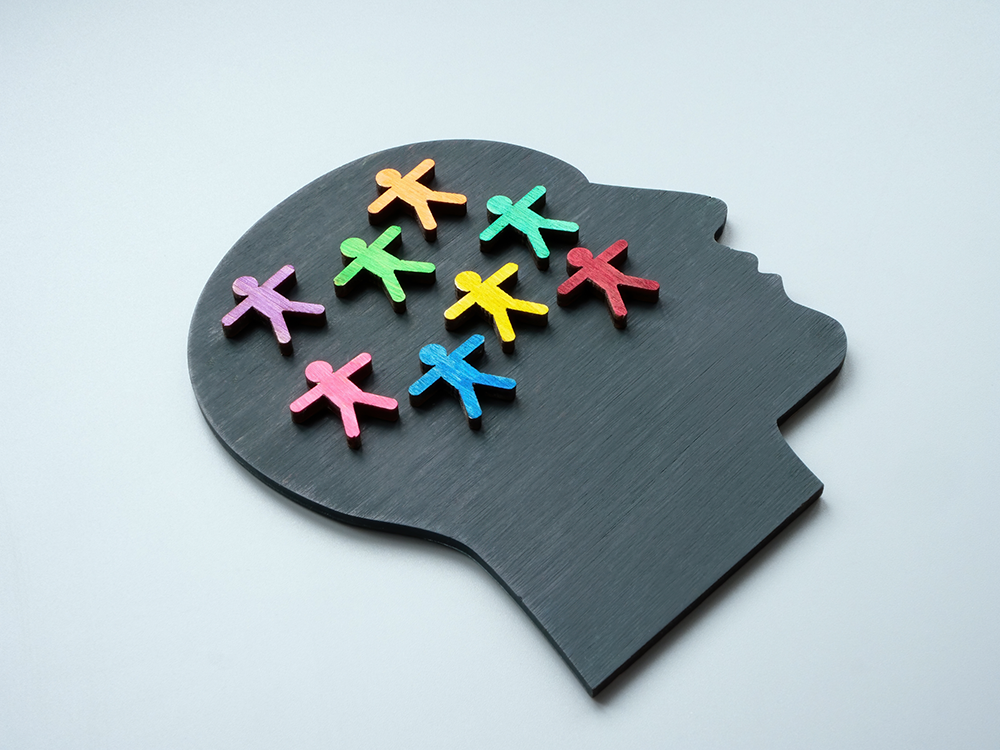The UK’s Worker Protection Act came into force last October; now is the time for all employers to act.
It’s an exasperating charge laid at the door of much diversity, inclusion and unconscious bias training that it doesn't make a difference. Here's the thing - it probably isn't the training that's the problem.
No training can have lasting impact if no-one puts it into practice. It can't work as an isolated event without a wider strategy, accountability and culture commitment alongside. Ever introduced new IT software? There's an interesting parallel. Imagine you get all staff into mandatory training on your whizzy new IT kit. The training is great, immersive, your people love the new software, buy-in to its massive potential, know the old way can’t be sustained, and understand that - even though there’s a steep learning curve - there are huge benefits. So far so good. But then they leave that training…
Imagine that you then send them back to their desks and the old operating system. No-one uses the new kit. They are busy with the day job, the new approach feels daunting, it will take a bit of effort (change does), they will have to go slower before they can go faster - and so they take the familiar, easier path.
And then two months later you check their proficiency on the new software. Of course, without applying the training, they have forgotten what they learnt. The problem isn't with the training. It was just that the business didn’t provide sufficient opportunity or impetus for it to embed.
The introduction of new IT systems is usually accompanied by twin impetuses: (1) massive budget investment which really focuses minds; (2) staff have to do things the new way - there's no other option because you withdraw the old kit. When it comes to introducing more inclusive cultures, we're starting from further back because, even if you commit sufficient budget, you cannot (most of the time) mandate reflection and new ways of thinking or interacting with your colleagues. Put simply - humans aren't naturally inclusive and they aren't as easy to upgrade as IT systems!
Accountability and embedding are the answer. Just like any significant change, for great training to stick, you need to create conditions in which the new way becomes normal behaviour - the default operating system. It's an ongoing process. Leaders set the expectation. Early adopters live it - role model the approach, demonstrate it day-to-day and communicate it. Others come on board, culture shifts...and repeat. The power of the pack is a key driver in setting the new inclusive tone.
Working for a charity, I was privileged recently to facilitate the most transformative training session on diversity and inclusion I have ever run. It embedded earlier learning, continued the conversation, and will support change. The feedback afterwards was unequivocally enthusiastic. Here’s what happened:
1. Before the session, participants completed a high quality, short, compulsory catalyst training course on the same subject matter.
2. The session was short (90 minutes) and participant numbers were carefully managed to encourage discussion (a good number so that people didn't feel too much in the spotlight; but not so many that everyone’s view wouldn't be heard).
3. The training wasn’t training. It was a facilitated open conversation. Participants reflected in turn on what they had learned from the catalyst course, challenged the elements of it they had found difficult (or, indeed, disliked), exchanged views, asked questions of one another, engaged in respectful disagreement, and found fervent areas of common ground.
4. There was honest reflection on what they could do next personally and organisationally, and they committed to doing it. They knew their organisation best, could identify the likely problem areas and the opportunities for change. Without prompting, as we drew to a close, one leader said to the participants “We need to be held to account”. Brilliant.
Why does it work? It is about each person feeling safe to share their views without fear or ego getting in the way. It is also about skilfully building inclusion into the session itself so people actually increase their sense of belonging in that moment. It’s about listening, and feeling you are doing this together, it’s something you have agreed to as a team. People spoke honestly about the real anxieties they felt around diversity and inclusion, it was uncomfortable at times (“Sometimes I feel it’s not safe to say anything anymore ”), but they listened and provided mutual support, there was increased understanding, and a conversation which is not going to end with the end of the session. To embed change, you need to make the new way the new normal.
Related Articles

Guest Q&A - Sarah and Hannah from BlueSky on motherhood in the legal profession

5 reasons workplaces should embrace neurodiversity, and learnings from Bahar Khorram vs Capgemini UK





